The Nursery End
The game of cricket originated in the South East of England, but was later to become a firm favourite of sports people and spectators here in Yorkshire. I’m proud to say that Pudsey has played a notable role in the games history, and our town is renowned around the world for its cricket heritage. This is a quick 3 part introduction to give you a flavour of that history (that could become a book).
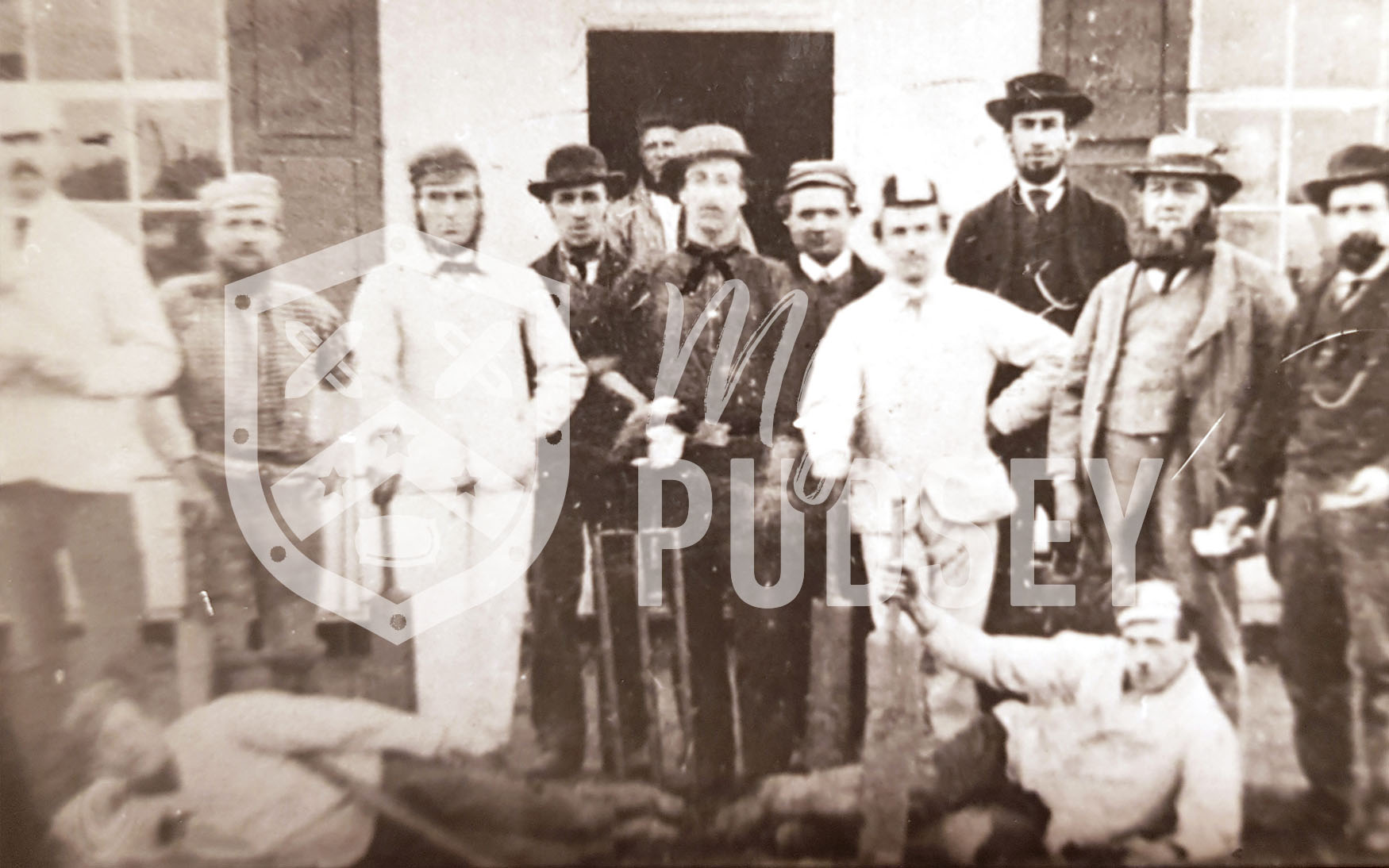
Cricket in Yorkshire is first mentioned in 1751, as the sport became a popular team game alternative to the riotous and unruly early version of football. In Pudsey our football match was the Top Enders v Bottom Enders’ played down at Great Trails field. “Windows were shattered and opponents ‘shinned’ regardless of the whereabouts of the ball … many were maimed for life”.
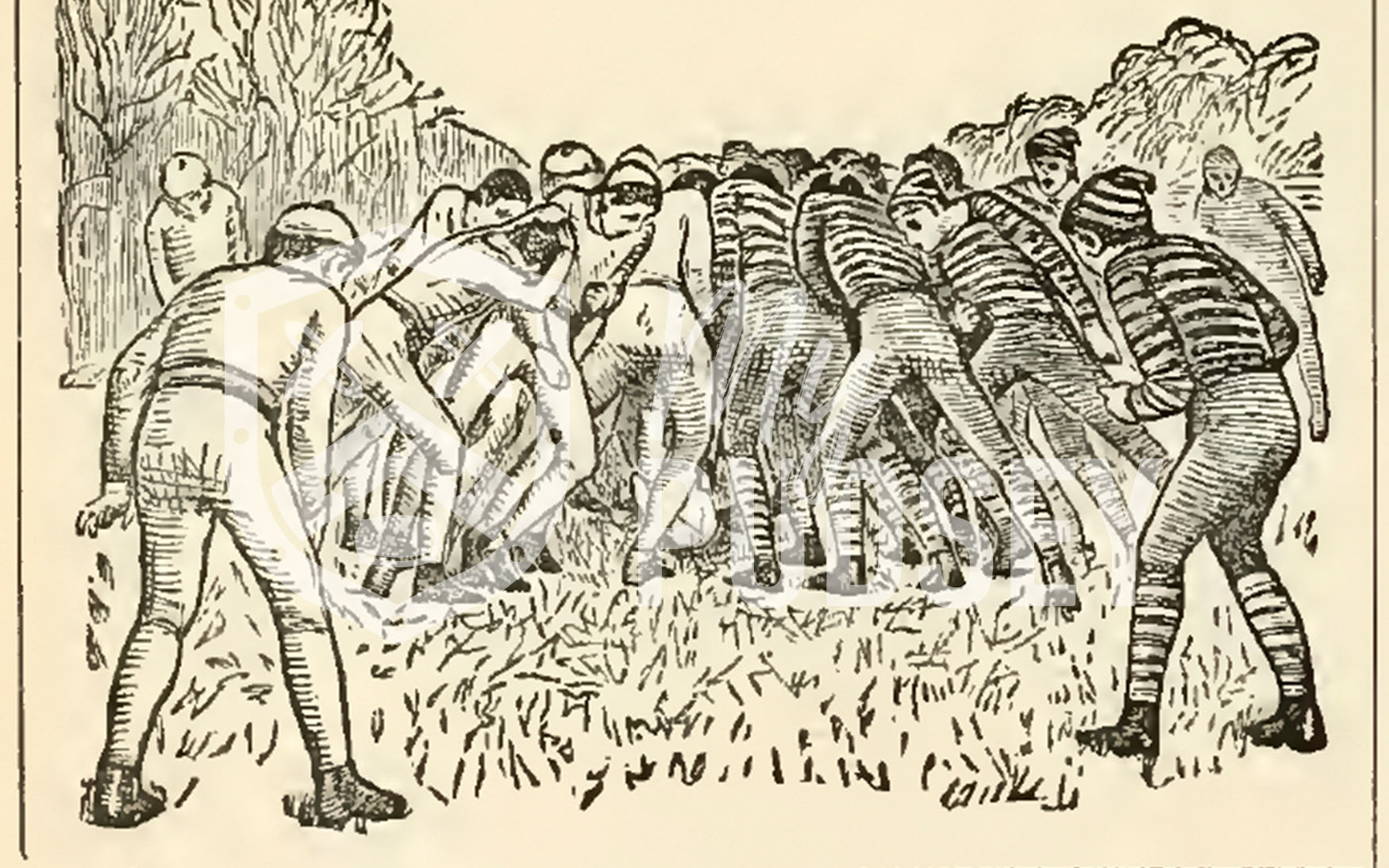
Early cricket was a very different experience than today, played in a very primitive fashion. Proper bats, wickets, and leather balls were then unknown; a tub leg served as a bat, made smaller at one end for a handle, a large stone set on end for a wicket, called a “hob” and a ball made from anything spare. They were all one-ball overs if double wicket was played, there were no umpires, and often those who cheated the hardest won.
The original form of bowling (i.e., rolling the ball along the ground as in bowls) was superseded sometime after 1760 when bowlers began to pitch the ball in the air. During most of the 19th-century standard overs were made up of four deliveries. In 1889 five-ball overs were introduced, with a move to use six-ball overs in 1900.
Scorecards began to be kept on a regular basis after 1772, no doubt as a way to make a record of results to prevent disputes over bets. As with all early games and fairs in Pudsey, much money changed hands over the outcome of matches. Eventually the early teams started to become clubs….
The birth of Club cricket
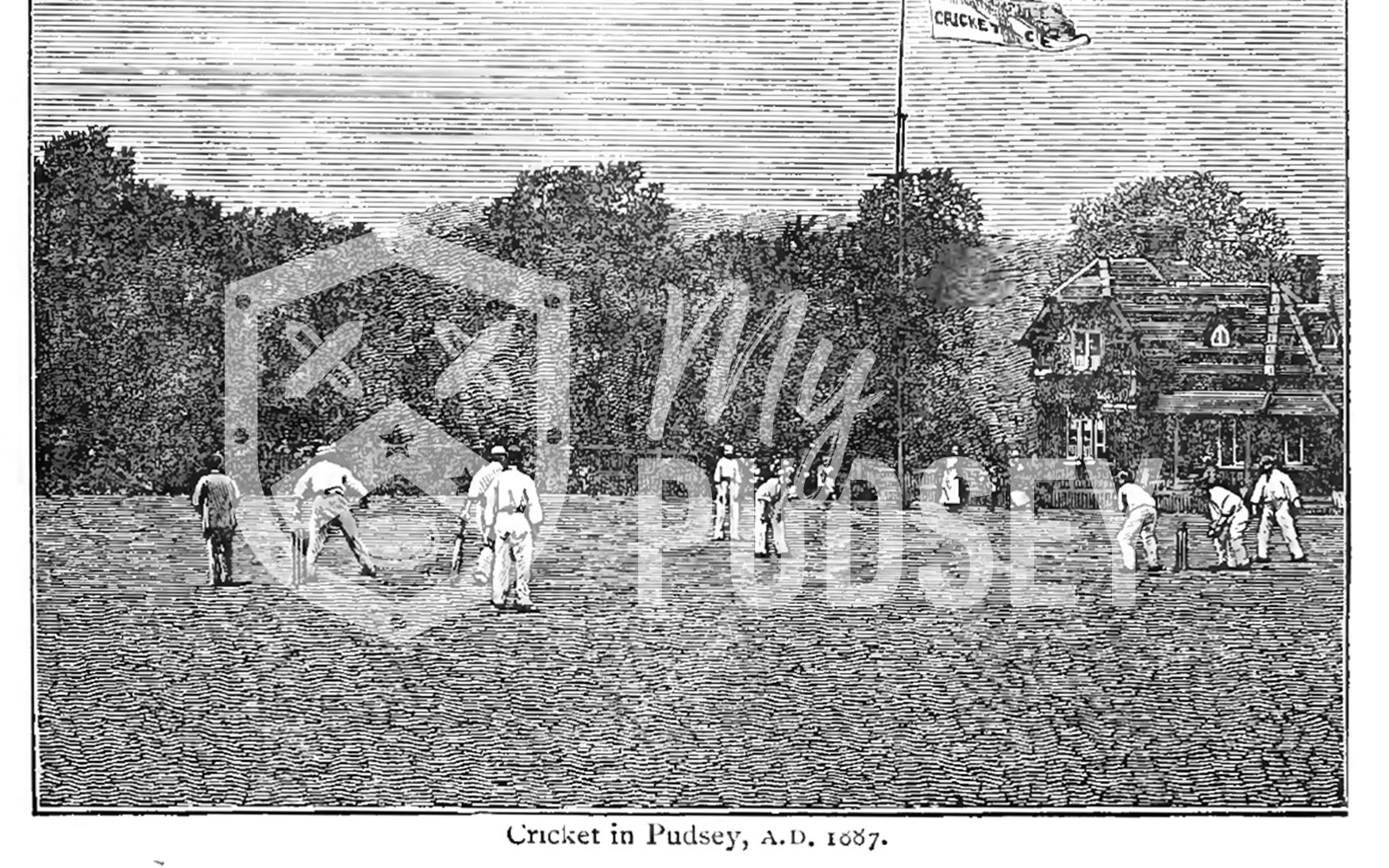
Due to people’s working lives taking up most of Monday to Saturday, with Church on the Sunday, spare time was a precious commodity, however Pudsey St Lawrence Cricket Club was founded in 1845 with links to Pudsey Parish Church. We presume this was an attempt to keep Pudsey’s young men away from the pubs on Saturday afternoons.
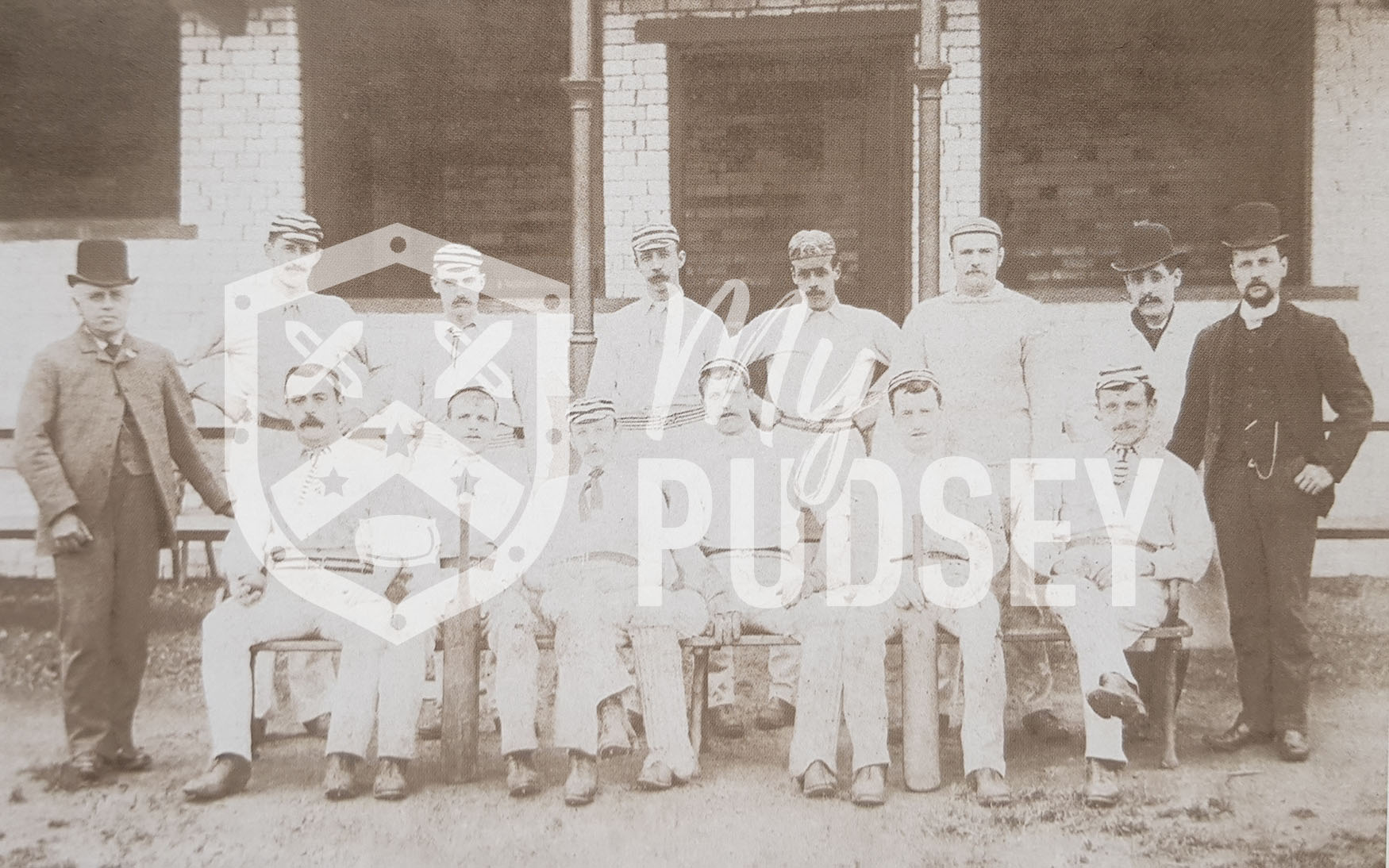
Pudsey St Lawrence CC became cricket’s version of the football’s Top Enders (to be a Top / Bottom Ender, depended on which side of the Parish pump you lived – it was located opposite the vicarage on Church Lane). They are our longest continually running cricket club. The Saints have played at several different locations before moving to Toft’s Road:
- Behind the Black Bull pub (Crossed Shuttle)
- The Recreational Ground (what is now the children’s play ground and car park)
- Church Lane on what became Pudsey Park next to the Parish Church until 1888
- 1875 ‘The Lawrence’ lost to Pudsey Britannia by seven wickets in a purse match, watched by 3000 spectators. As well as their pride it cost them £100, but it cemented the tradition of derby cricket matches of Top Enders against the Bottom Enders.
There will be plenty more about Pudsey St Lawrence CC and its contribution to world cricket in parts 2 and 3.
The Factory Acts of 1850 and 1853 reduced working hours, freeing up Saturday afternoons for Pudsey’s growing population of woollen factory workers. Many more local cricket teams were founded in the 1850s, representing pubs, churches and chapels, but mainly mills:
- Bankhouse Worsted Mill
- John Varley’s Woollen and Worsted Mill
- Salter & Salter, Boot and Shoe Makers
- William Haste’s Leather Manufacturers
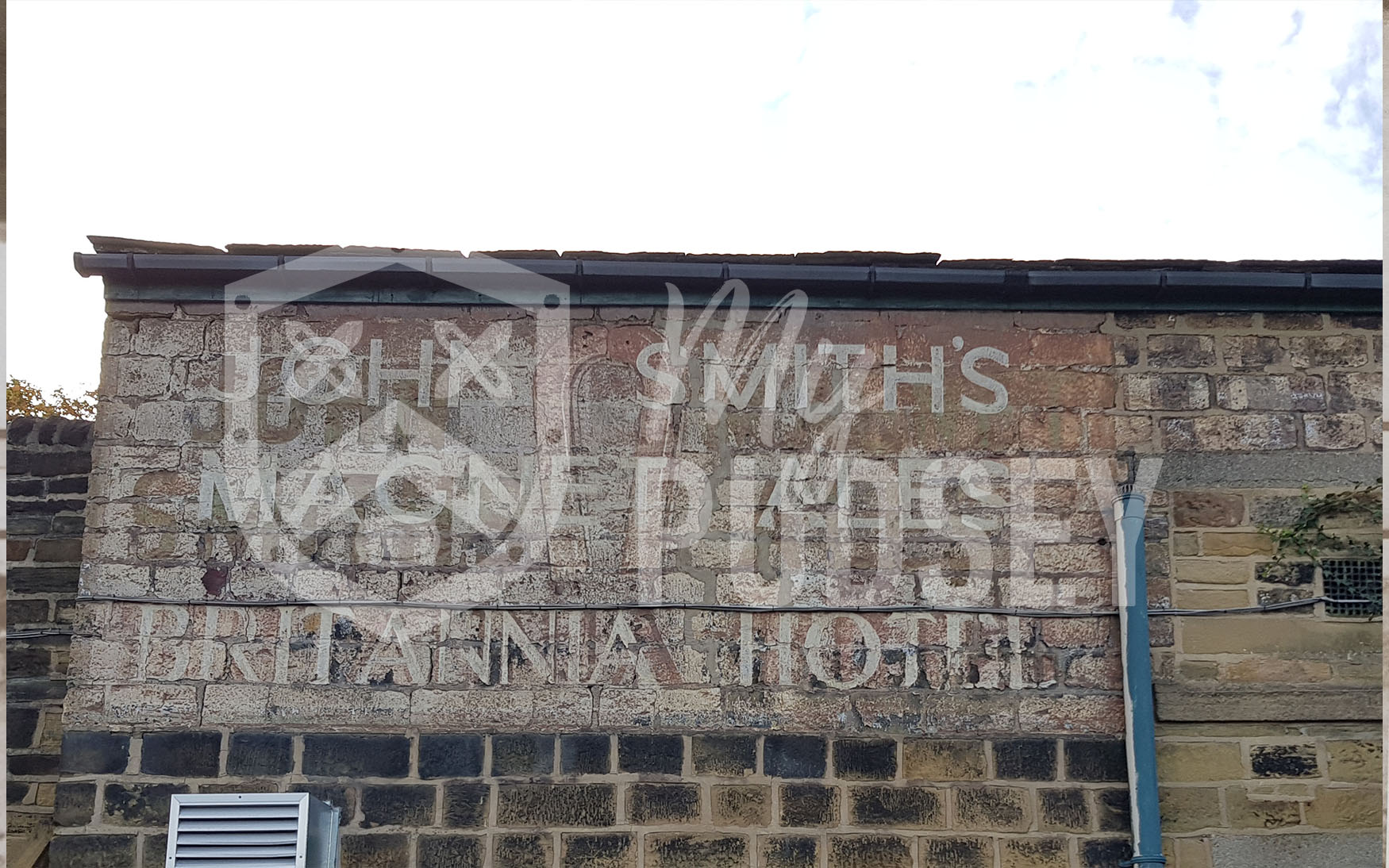
A faded pub sign facing out over a cricket ground is a sad reminder of a long gone team. Pudsey Britannia was founded in 1854 by men associated with the Lower Town Sunday School. They became the nominated ‘Bottom Ender’ club and played variously at
- Hammerton Fields
- Dudley Hill
- The Britannia ground from 1881 (note the Britannia pub immediately changed its name from “The King’s Arms” to be associated with the club which didn’t return the favour and start using the pub until 1912!). Like Toft’s Road it was another cradle of young talent.
Pudsey v England
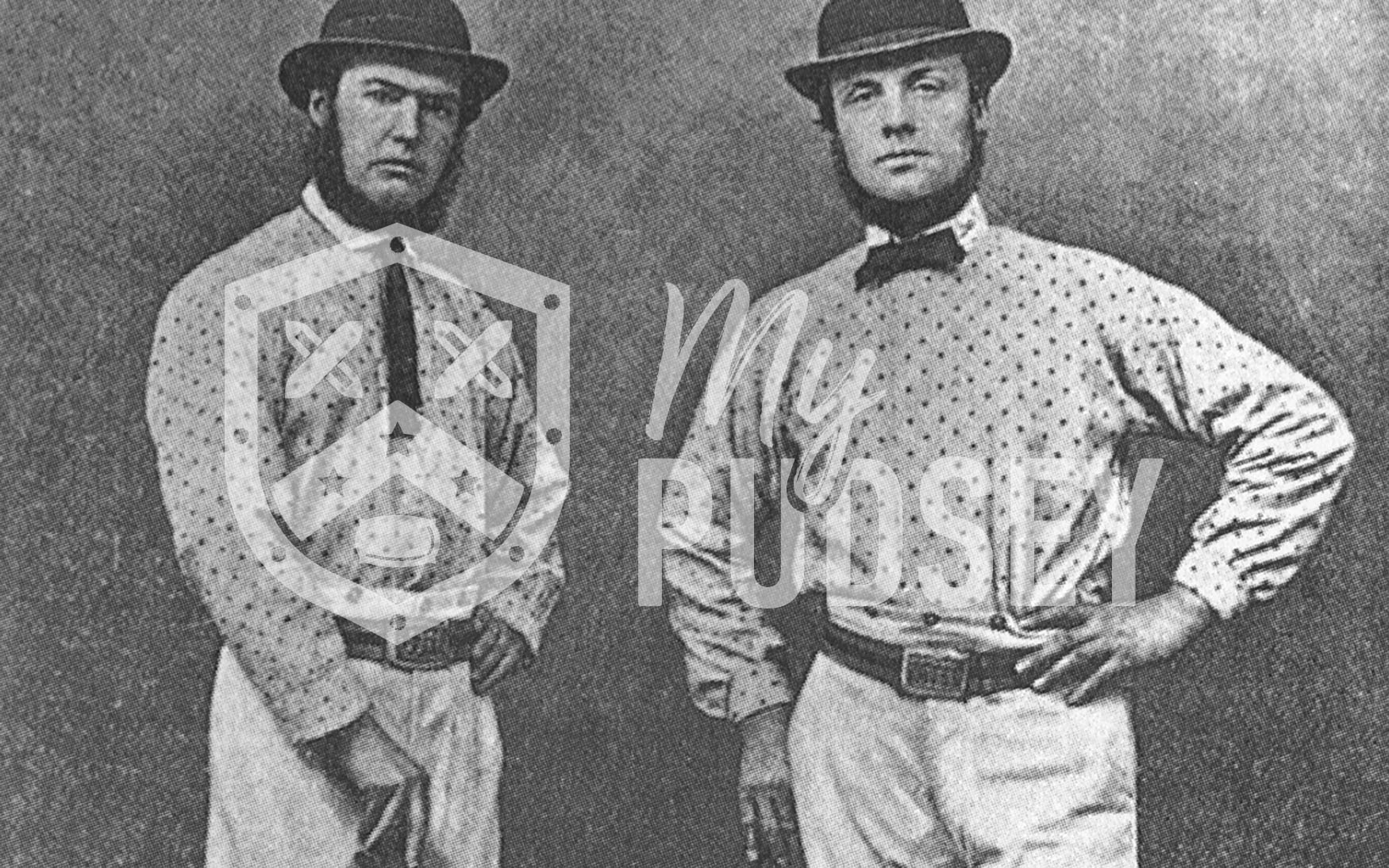
As well as the blossoming local games there were also exhibition matches organised in 1863 and 1864, for the ‘All England XI’ playing against the ‘XXII of Pudsey’.
This attracted huge crowds to the Pudsey St Lawrence ground behind the Bull Hotel to see Thomas Hayward and Robert Carpenter, two of the best batsmen in England play against Pudsey. The match resulted in a victory for the All England XI, though by only seven runs. The following year a better organised Pudsey side thrashed the XI by 105 runs.
The England XI players described Pudsey as the worst ground on which they had played. Soon afterwards, Pudsey St Lawrence moved to play at Church Lane (later to be the park).
A Century of League history
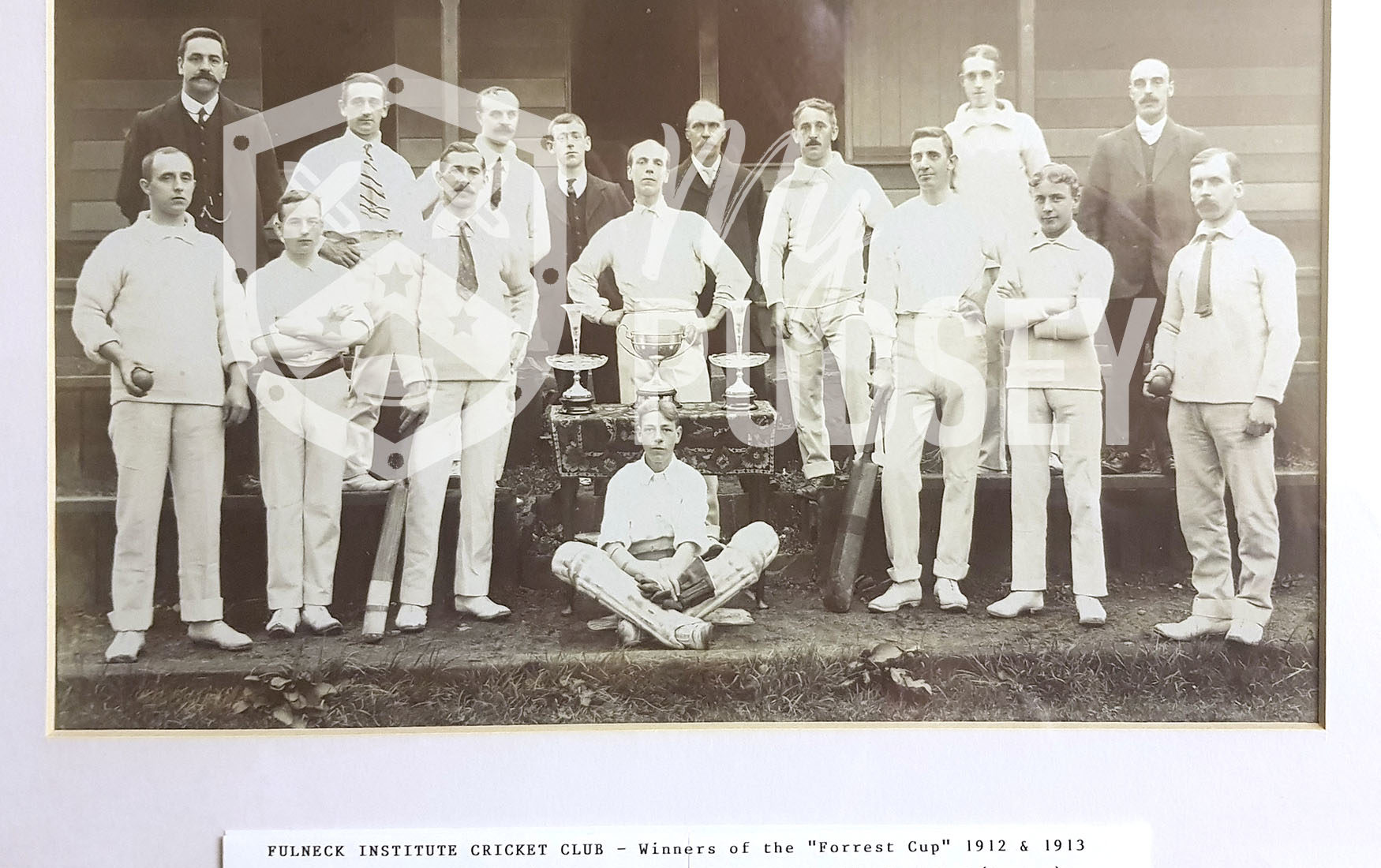
Eventually the new teams organised themselves into local leagues, there were many fields around Pudsey hosting games, and anywhere that could be mowed in the morning had a match on it by the afternoon, it didn’t even need to be flat. There was even once a cricket pitch behind the Marsh pub, and Len Hutton learned to play on a cow field!
In 1893 the Pudsey and District League was founded. The teams were: Pudsey St Lawrence, Pudsey Britannia, Farsley, Calverley, Rawdon, Bramley, Thackley & Farsley and Stanningley Britannia. By 1897 the Pudsey and District League had disbanded as most of its teams had joined the more prestigious Leeds and Holbeck League, later finding their way into the Bradford or Leeds Leagues.
Pudsey and District Sunday School Cricket League
Originally playing inter-chapel friendly matches, Pudsey’s numerous Sunday School based teams organised themselves into a large and lively league around 1894. Most would field 2 teams as a First and Second XI with a Third (junior) XI. At its most popular the league would have had in the region of 500 players out on a summer’s Saturday afternoon. You can imagine this had most of the Town playing or spectating, its no surprise that Pudsey started to production line world class players…
The league survived two world wars but started to decline during the 1950s and rebadged itself as the Pudsey Sunday Schools and District Cricket League, taking applications from teams not associated with Sunday Schools. More about the history of the League is to come in part two of this blog.
Origin of the Congs
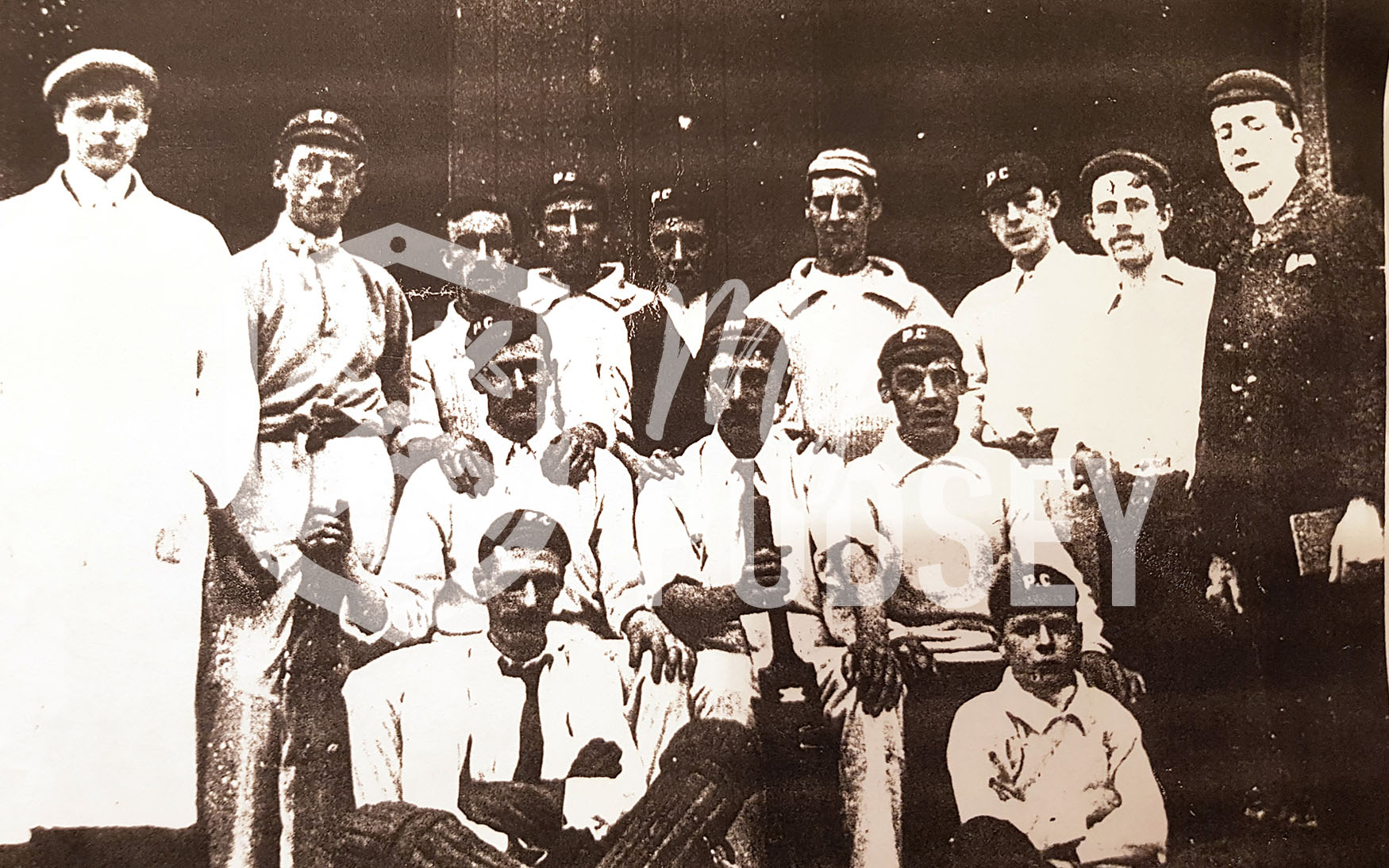
Pudsey Congs Cricket Club (PCCC) was founded in 1892 representing the Pudsey Congregational church and Sunday school (corner of Chapeltown and Greenside). They played at Long Close behind Forrest Mills which was also used as the mill pitch (this became part of Queen’s Park and its playing fields in the 1950s).
The Congs were founder members of the Pudsey and District Sunday School Cricket League from its formation up until 1969. After then the club decided on a new challenge following the decline of the teams that were attached to local churches and chapels – they moved up to the Dales Council League where they achieved considerable success.
Pudsey Congs renovated the old Britannia Ground (long after the Britannia club had folded, more about this in Part 3) and rebuilt the pavilion as a clubhouse. They joined the Bradford League in 1987 and now uphold the Bottom Ender v Top Ender rivalry with the Saints…more to come about the Congs later…
Pudsey’s first really ‘First Class’ player
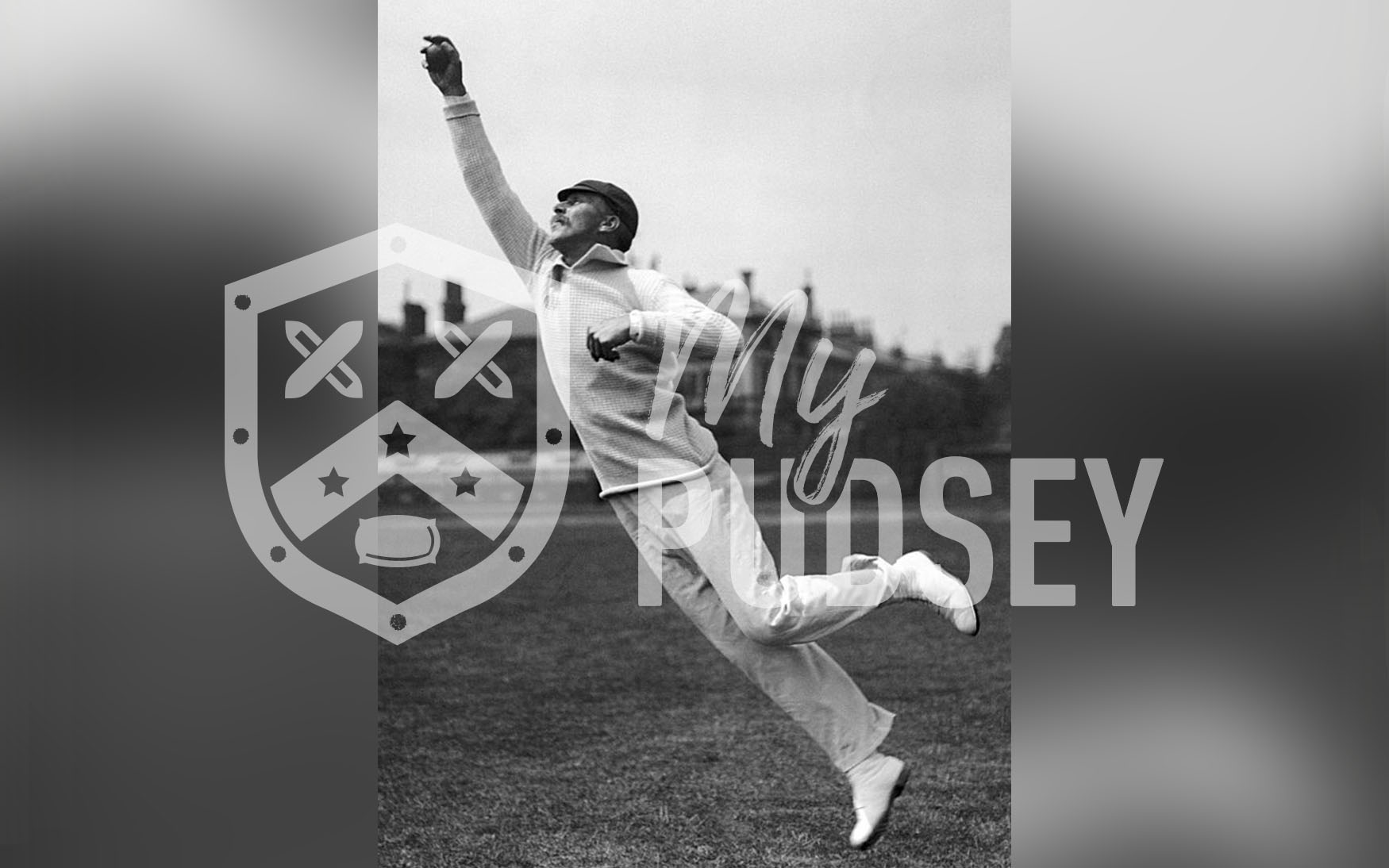
John Tunnicliffe was a tall, forceful right-handed opening batsman, and one of the best slip fielders of all time. John started his cricket with Pudsey Albion CC, a mill team he started himself, soon afterwards he began playing for Pudsey Britannia.
He was a regular in the Yorkshire team from 1893, and between 1895 and 1907 he scored 1,000 runs in every season except 1903. His best year was 1898, when he scored 1,804 runs including 243 in a then-record partnership for any wicket of 554 with Jack Brown at Chesterfield. During his career he scored 20,310 first-class runs at an average of 27.00.
Tunnicliffe was named as a Wisden Cricketer of the Year in 1901.
His key skill was slip fielding. Nicknamed “Long John of Pudsey”, he had arms that enabled him to bring off catches others would not have attempted. In 498 first-class matches, he took 695 catches.
John retired after the 1907 season, and became cricket coach at Clifton College. He later served on the Gloucestershire County Cricket Club committee when his son was the county secretary. He died in Westbury Park, Bristol in July 1948, aged 81.
Time for the Lunch Interval
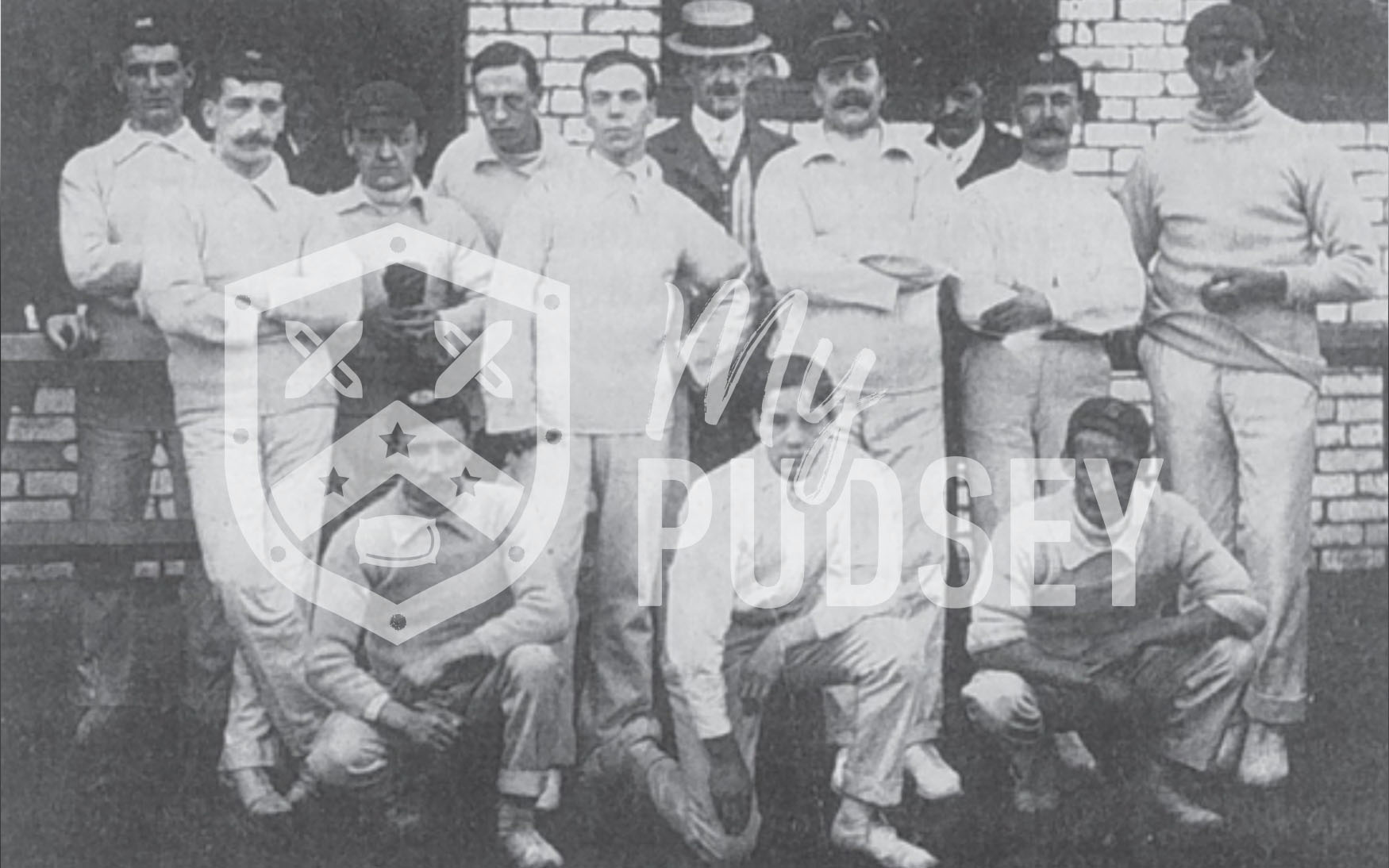
“Where are Booth, Sutcliffe and Hutton!” I hear you cry – hang on to your chips they are in the next instalments.
Look out for part 2 “The age of Legends” and part 3 “The spirit of Pudsey Cricket”.
Appeal from Pudsey St Lawrence Cricket Club:
As we continue to plan for our impending clubhouse extension we are asking members and club friends to search their attics, lofts and albums for any St Lawrence items such as photos, clothing, cricket related artefacts. Basically anything PSL that we may be able to display publicly in the new space.
We are not looking for anything specific, just items that are of interest, quirky or not already displayed in the main clubhouse. This can include items linked to our great players, Hutton, Sutcliffe, Major Booth.
If you have an item of interest that way may be able to use then please contact Chris Gott or Michael Stein to discuss further.
PSCLCC:
https://pudseystlawrencecc.co.uk
Pudsey Congs:
https://www.pudseycongscricket.com
With thanks to David Arundale, Ralph Middlebrook and everyone at Saint Lawrence and Congs CC.